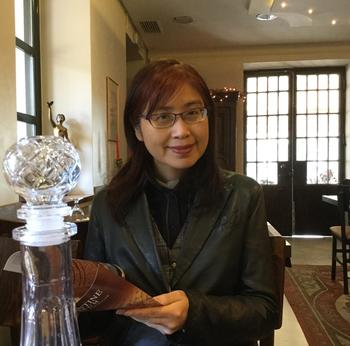Prof. Dr. Weihong Bao

Fellow in the project "A Translingual Conceptual History of Chinese Worlds" (May-August 2022)
Short Biography
Weihong Bao is an associate professor of film and media, and East Asian languages and cultures at UC Berkeley. She has published widely on comparative media history and theory, early cinema, war and modernity, affect theory, propaganda theory and practice, and Chinese language cinema of all periods and regions. Her book Fiery Cinema: The Emergence of an Affective Medium in China, 1915-1945 (University of Minnesota Press, 2015) received an honorable mention for the Modernist Studies Association Best Book Prize in 2016. She has also co-edited a special issue "Media/Climates" (Representations, 2022). She is currently working on a new book, Background Matters: The Art of Environment in Modern China, as well as a special issue on "Medium/Environment" (Critical Inquiry) and "Climate/Media" (Representations). She is the editor-in-chief for The Journal of Chinese Cinemas and co-edits the “film theory in media history” book series published by Amsterdam University Press.
Project
Background Matters: Set Design and The Art of EnvironmentA conceptual history of environment is not limited to the single term huanjing but is embedded in a network of terms with translingual connections: huanwei (Umgebung), qingjing (emotional realm), beijing (background), qifen (atmosphere, ambience, Stimmung). These terms remind us of the physical, social, and psychical dimensions of environment that situate the human in plural relations to the world and suggest multiple world orders and modes of worlding. This human-environment complex suggests that environment is a model not simply of knowledge but also of power. Crucially, such practices of environment as technologies of power—a matter of world ordering and human-world dynamic--is exercised through set design. Set design’s association with both craftsmanship and technology--as reflected in the Chinese terms bujing (scenic arrangement) and zhuangzhi (technological installation)--invites us to think of media/technology as an ensemble that is open to creative arrangement. In other words, set design allows us to see environment as an open, interactive, evolving ecology, thus providing us new models to experiment with understandings and practices of the world. These terms all bear traces of transnational history.
